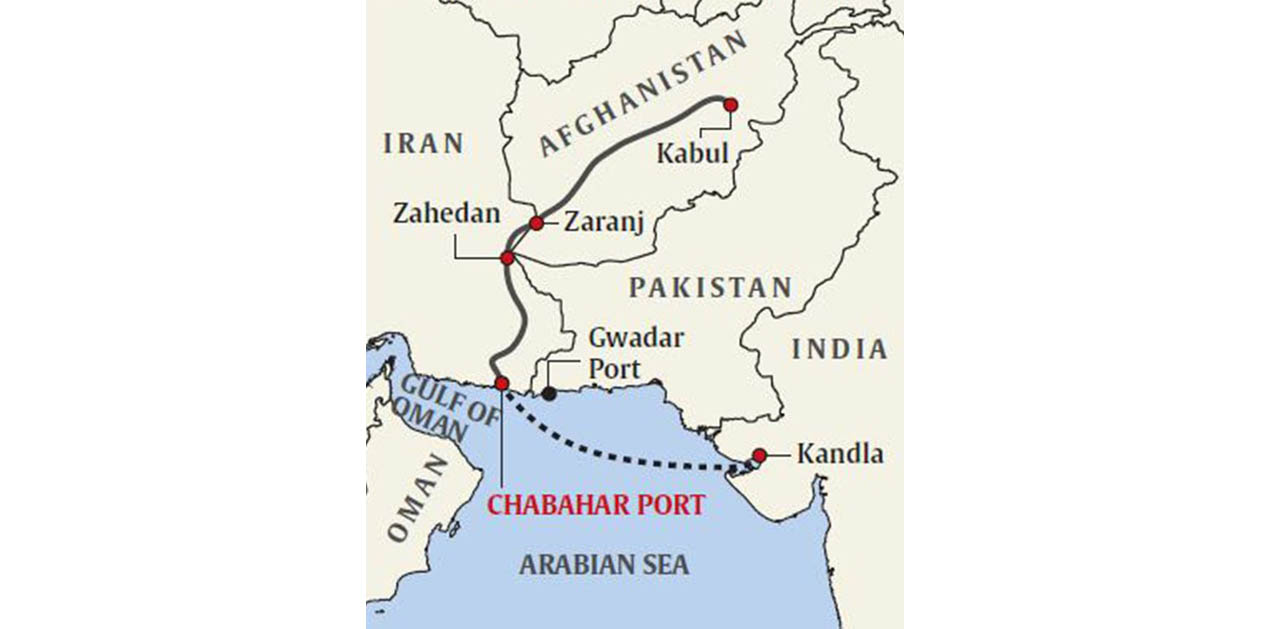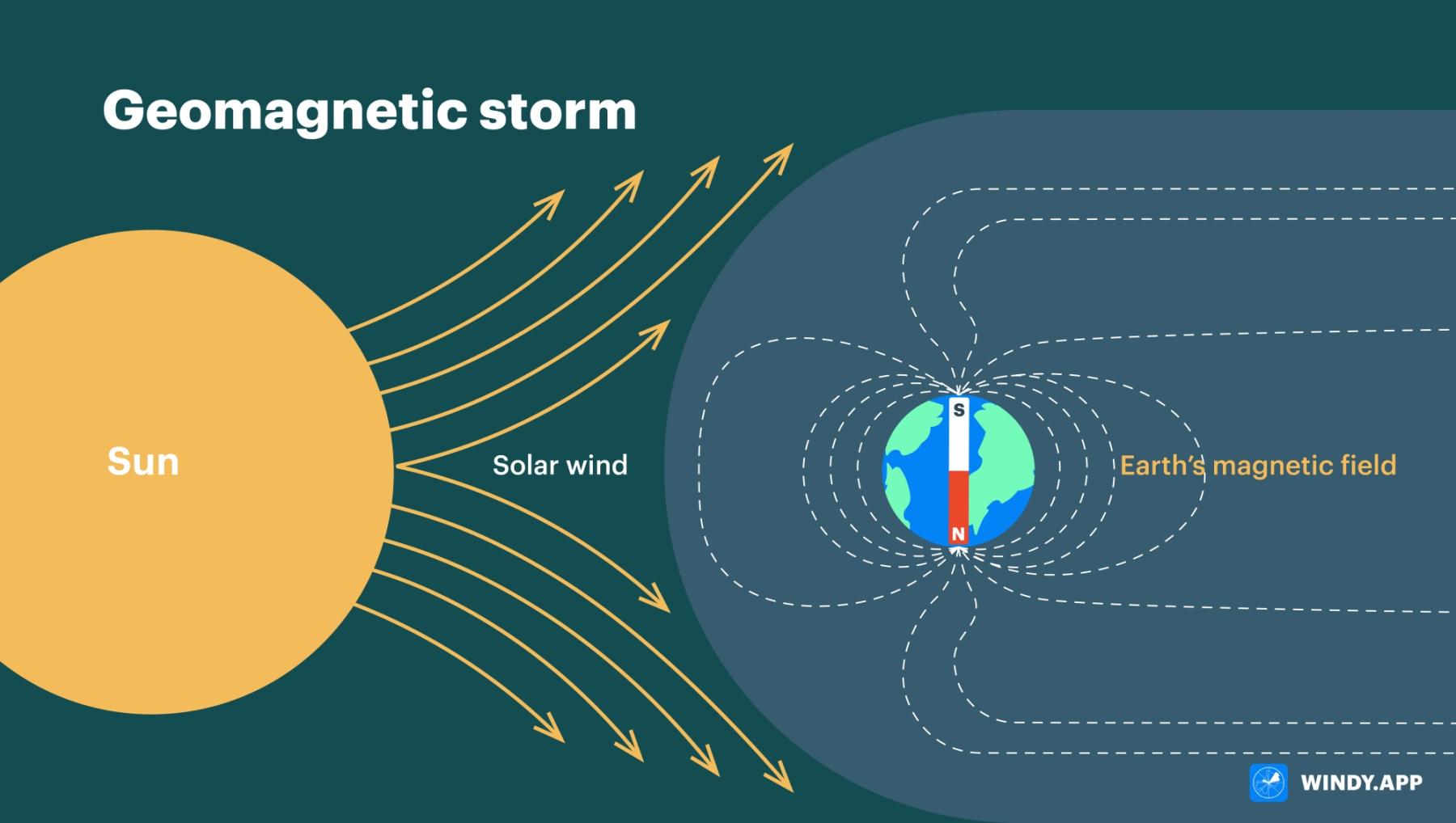- Home
- Prelims
- Mains
- Current Affairs
- Study Materials
- Test Series
 Latest News
Latest News
May 15, 2024 Current Affairs
The Labour and Employment Ministry has boarded the PM Gati Shakti portal to identify and bridge gaps in social security coverage across the country.
PM Gati Shakti:
- It was launched by the Prime Minister in October 2021.
- PM Gati Shakti is recognized as the National Master Plan for Multimodal Connectivity.
Purpose and Objectives of PM Gati Shakti:
- It integrates 16 ministries, including Railways and Roadways, to ensure cohesive infrastructure development.
- PM Gati Shakti aims for integrated planning and coordinated implementation to optimize infrastructure projects.
- It strives to reduce logistics costs from the current 13-14% of GDP to 7-8%, aligning with developed economies.
- PM Gati Shakti enhances the ease of doing business and boosts the global competitiveness of Indian products.
- It achieves multimodal connectivity to reduce travel times for both people and goods.
Key Features of PM Gati Shakti:
- Digital Platform: PM Gati Shakti includes a centralized GIS-based portal that allows for real-time monitoring of projects.
- Holistic Planning: It combines the efforts of various ministries to mitigate project delays and cost overruns.
- Six Pillars: PM Gati Shakti emphasizes comprehensiveness, prioritization, optimization, synchronization, analytical, and dynamic nature of planning and implementation.
- Integration of Schemes: It incorporates existing schemes like Bharatmala, Sagarmala, and UDAN, and develops economic zones including industrial and defence corridors, as well as textile clusters.
Implementation Mechanism of PM Gati Shakti:
- Network Planning Group (NPG): PM Gati Shakti includes representatives from key ministries for integrated project planning and streamlined approvals.
- GIS-Based Tools: It utilizes spatial planning tools and satellite imagery to enhance project monitoring and updates.
- Inter-Ministerial Coordination: PM Gati Shakti promotes synergy among different departments to minimize redundant work and optimize resource utilization.
Major Projects Under PM Gati Shakti:
- Delhi-Mumbai Expressway: Partially completed, it spans 1,386 km across multiple states.
- Bengaluru-Chennai Corridor: Currently under implementation, it extends 262 km.
- Delhi-Amritsar-Katra Corridor: Also under implementation, it covers 669 km.
10-year contract signed for the development of Shahid Beheshti Port Terminal at Chabahar Port.
Chabahar Port:
- Chabahar Port is located in Southeastern Iran in the Sistan-Baluchistan province, near the Gulf of Oman.
- It comprises two ports: Shahid Beheshti and Shahid Kalantari.
- It is the only deep-sea port in Iran with direct access to the Indian Ocean.

Strategic Importance
Geopolitical Significance:
- Chabahar Port provides India with a strategic foothold to counter China''s presence at Pakistan''s Gwadar Port.
- It acts as a gateway to Central Asian countries, bypassing Pakistan.
- The port enhances connectivity under the International North-South Transport Corridor (INSTC), linking India to Russia and Europe via Iran.
Economic Importance:
- Chabahar Port facilitates trade between India, Iran, and Afghanistan.
- It increases trade opportunities with Central Asian countries.
- The port has the potential to become a major commercial hub due to its strategic location.
Historical Context and Agreements:
- In May 2016, India signed a tripartite agreement with Iran and Afghanistan to develop the Shahid Beheshti terminal at Chabahar Port.
- The recent 10-year operational agreement replaced the annual pact from 2016.
Development Projects:
- The development of port facilities and rail links at Chabahar Port.
- The construction of a rail line from Chabahar to Zahedan, enhances connectivity with Afghanistan and Central Asia.
- Investment in port equipment and infrastructure to bolster operational capacity.
The 3rd edition of the World Wildlife Crime Report (WWCR)-2024 was released by the United Nations Office on Drugs and Crime (UNODC).
Key Findings of the Report:
- Unlawful trade in about 4,000 wildlife species — 3,250 of which are listed as endangered.
- During the 2015–2021 period, over 1.40 lakh records of seizures were reported in 162 countries and territories.
- A total of 3,250 species involved in the seizures are listed in the Convention on International Trade in Endangered Species of Wild Fauna and Flora (CITES) Appendices.
- Seizures included 444 mammal species, 751 birds, 405 reptiles, and 52 amphibians. According to the Indian Union for Conservation of Nature (IUCN) Red List, the conservation status of these species is ‘Threatened’, ‘Near Threatened’, ‘Least Concerned’, and stable or increasing.
- Species worst affected by wildlife trafficking include rhinoceros (29%), pangolins (28%), elephants (15%), turtles & tortoises (2%), seahorses (2%), carnivores (2%), parrots (2%), snakes (2%), crocodilians (5%), and eels (5%).
- Commodities in trade from trafficked animals include live (15%), others (28%), medicines (10%), coral pieces (16%), and ivory, meat, roots, bodies, small leather products, shells, and extracts (31%).
- Despite some progress, the UNODC reported an increase in the proportion of illegal wildlife trade in the global wildlife trade, particularly during the COVID-19 pandemic in 2020 and 2021.
UNESCO's Register added three significant Indian literary works at the 10th meeting of the Memory of the World Committee for Asia and the Pacific (MOWCAP).
- Three Indian literary works included in UNESCO’s Memory of the World Regional Register
- Three literary works include the ‘Ramcharitmanas’, ‘Panchatantra’, and ‘Sahrdayaloka-Locana’.
Ramcharitmanas:
- Written by Goswami Tulsidas in the 16th Century, Ramcharitmanas is a profound retelling of the Ramayana.
- It is composed in the Awadhi dialect, making it accessible to a broader audience of that era.
- The text is divided into seven parts, each referred to as a Kānda, covering various phases of Lord Rama's life.
- Themes of Ramcharitmanas focus on devotion, dharma, and the ideal behaviors expected of individuals.
- It significantly contributed to the Bhakti movement in Hinduism, emphasizing personal devotion to God.
- Ramcharitmanas continues to influence Indian culture, notably through the annual staging of Ramlila plays.
Panchatantra:
- Attributed to Pt. Vishnu Sharma and penned around the 3rd century BCE, the Panchatantra is a cornerstone of Indian fables.
- Originally composed in Sanskrit, the work is renowned for its 'story within a story' structure.
- The Panchatantra consists of five parts or tantras, each featuring a main story intertwined with multiple fables.
- Its central theme is nīti, which teaches wise conduct of life, focusing on morals and ethics tailored for young rulers.
- The text is one of the oldest collections of Indian fables and is among the most translated from India, influencing various global literary traditions.
- The use of animals with human traits in Panchatantra explores complex human behaviors and societal issues.
Sahrdayāloka-Locana:
- Written by Acharya Anandvardhan and commented upon by philosopher Abinava Gupta, this text is a seminal work in Indian poetics.
- Composed in Sanskrit, Sahrdayāloka-Locana delves into the aesthetic appreciation of art and literature.
- It focuses on the concept of rasa, which are emotional flavors key to evoking specific feelings in the audience through literary or artistic works.
The strongest geomagnetic storm in over two decades recently hit Earth, causing radio blackouts and extending the northern lights to the southern United States.
Geomagnetic Storms:
- A geomagnetic storm is a major disturbance of Earth's magnetosphere that occurs when there is a very efficient exchange of energy from the solar wind into the space environment surrounding Earth.
- These storms result from variations in the solar wind that produce major changes in the currents, plasmas, and fields in Earth’s magnetosphere.
- The solar wind conditions that are effective for creating geomagnetic storms are sustained (for several hours) periods of the high-speed solar wind and a southward-directed solar wind magnetic field (opposite the direction of Earth’s field) at the dayside of the magnetosphere.
- The largest such storms are associated with solar coronal mass ejections (CMEs), where a billion tons or so of plasma from the sun, with its embedded magnetic field, arrives at Earth.

Effects:
- It results in intense currents in the magnetosphere, changes in the radiation belts, and changes in the ionosphere, including heating the ionosphere and an upper atmosphere region called the thermosphere.
- These storms can heat the ionosphere, causing beautiful auroras on earth.
- Because the ionosphere is heated and distorted during storms, long-range radio communication that relies on sub-ionospheric reflection gets affected.
- Ionospheric expansion due to these storms can increase satellite drag and make their orbits difficult to control.
- Satellite electronics can be damaged through the buildup and discharge of static-electric charges.
- It can disrupt global navigation systems.
- It can create harmful geomagnetic-induced currents (GICs) in the power grid and pipelines.
- Auroras, also known as polar lights, are natural light displays visible mainly in the high latitude regions around the Arctic and Antarctic.
Types of Auroras:
- Aurora Borealis (Northern Lights) – Visible in the Northern Hemisphere.
- Aurora Australis (Southern Lights) – Visible in the Southern Hemisphere.
Formation:
- Auroras are caused by the interaction between the Earth's magnetic field and charged particles from the Sun (solar wind).
- When these particles enter the Earth's atmosphere, they collide with gas particles like oxygen and nitrogen, resulting in light emission.
Colours and Visuals:
- Colors seen in auroras include green, red, yellow, blue, orange, and purple, depending on the type of gas and the collision energy.
- Green is produced by oxygen at about 100 km altitude, red by high-altitude oxygen around 300 km, and blue/purple by nitrogen.
- Auroras are displayed in various shapes such as spirals, curtains, and rays, often changing rapidly.
Occurrence:
- Predominantly observed near the magnetic poles in places like Alaska, Canada, Norway, and Antarctica.
- Recently, the night sky over Hanle village in Ladakh was illuminated by the northern lights due to an intense solar storm.
What is Solar Wind?
- It is a continual stream of protons and electrons from the sun's outermost atmosphere, the corona.
- These charged particles breeze through the solar system at speeds ranging from around 250 miles (400 kilometers) per second to 500 miles (800 km) per second, in a plasma state.
- Solar magnetic field is embedded in the plasma and flows outward with the solar wind.
- Different regions of the Sun produce solar wind of different speeds and densities.
- When the solar wind reaches Earth, it sends a flurry of charged particles into the magnetosphere and along Earth's magnetic field lines, towards the poles.










 General Studies
General Studies